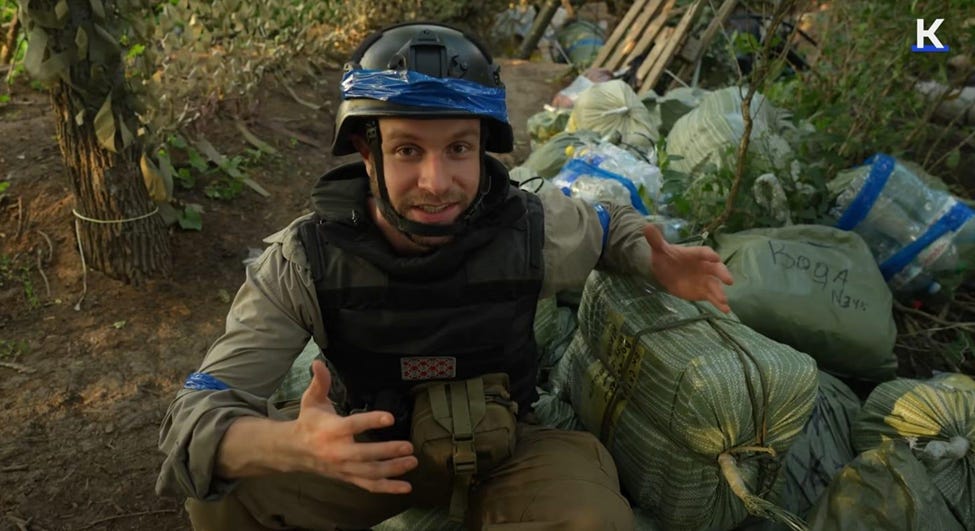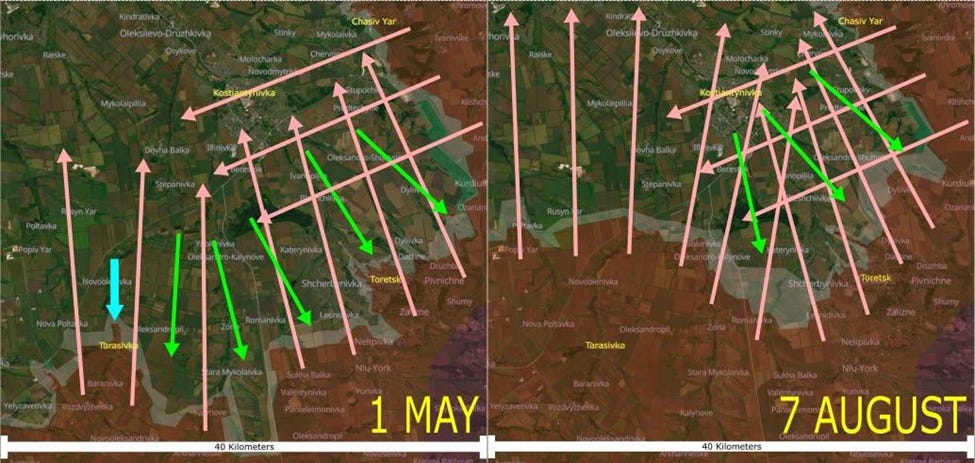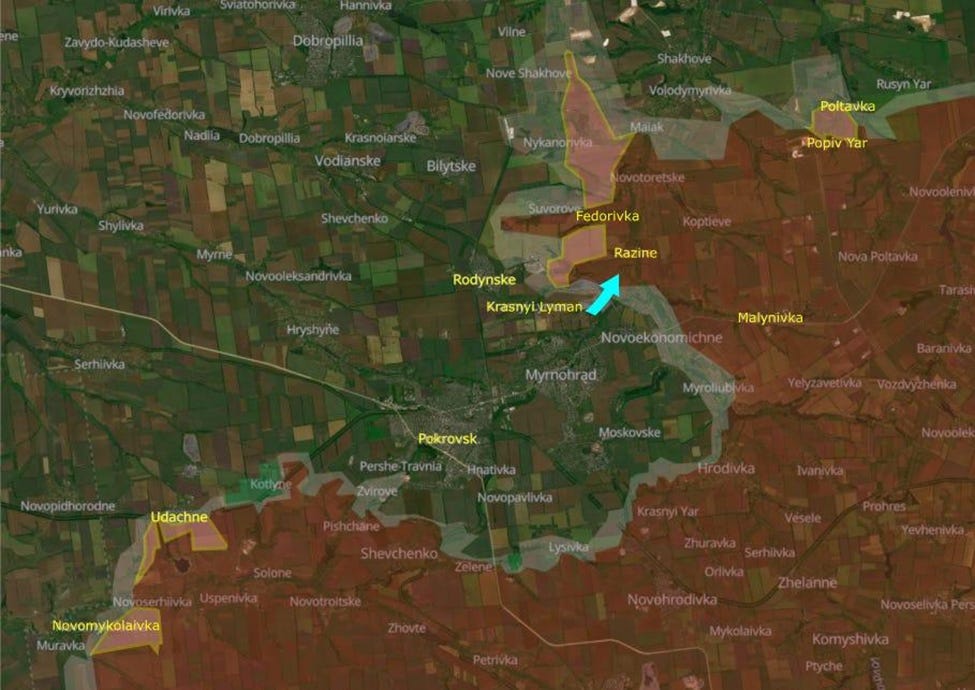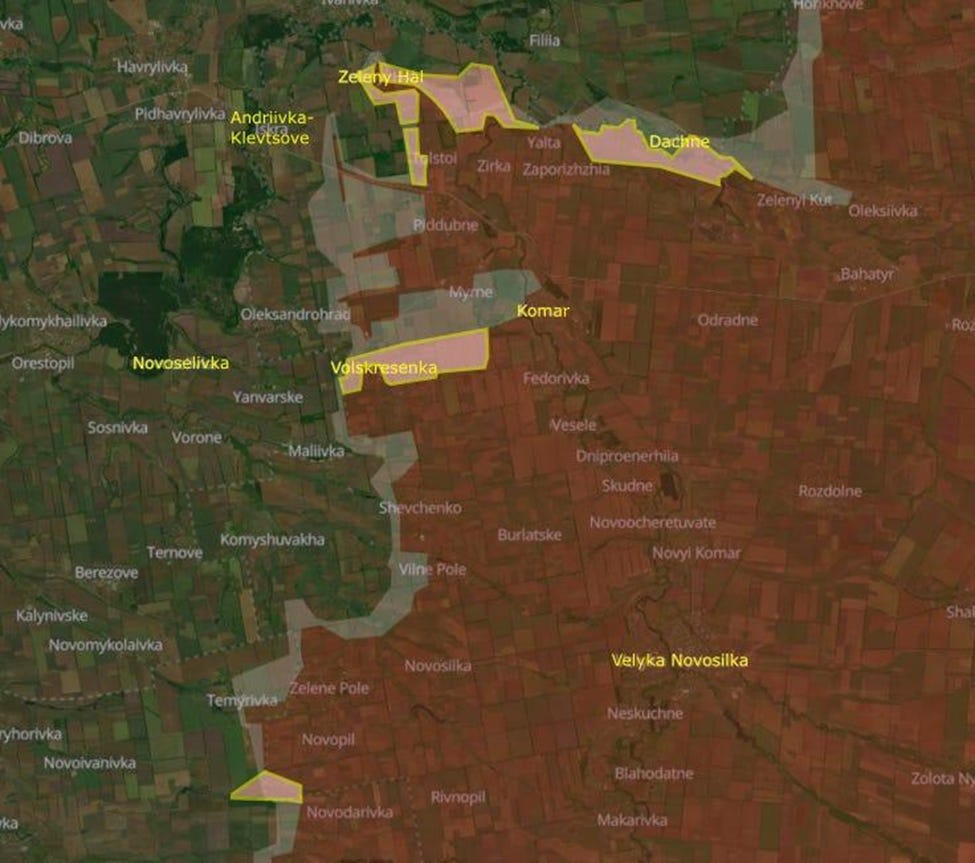What is a ‘Cauldron’?
Nowadays rarely used, the word cauldron was used for a large pot: a kettle for cooking or boiling over an open fire…
In military vocabulary, cauldron is used for a situation in which one of forces on the battlefield is, essentially, encircled - at least from three sides.
Now, some say, the military use of this expression is coming from the German word Kessel (which stands for ‘kettle’). Certainly enough, it was the Prussian military strategists that, based on Hannibal’s victory against the Romans at Canae, developed the concept of the Kesselschlacht (‘Cauldron Battle’) as an ideal achievement at war: one drives deep around enemy’s flanks, into its rear, thus surrounds the enemy force and then destroys it by simultaneous attack from multiple directions. Their idea was that such battles can win entire wars with a single stroke. The related theories gave birth both to the way the Germans fought the war against France, in 1871, then led to the ‘von Schliefen Plan’ (for the initial German offensives against France, in the First World War), for the the ‘Sichelschnitt Plan’ (for the German offensive against France in May 1940), as well as for most of what the Germans were doing in the Union of Soviet Socialist Republics during the Operation Barbarossa, in 1941, or in the Western Desert of 1941 and 1942…
Well before it was so far, the Soviets ‘liked’ and adopted this concept, developing their own ideas about the kotel (‘kettle’), in sense of creating a large, operational- or even strategic-level encirclement of enemy forces. Principally through breaking through the enemy frontline and then driving deep behind it by massive, fast-moving, mechanised forces: this was then expected to ‘boil’ into a battle in which the enemy would be annihilated through being cut off from its supply system and then subjected to concentric attacks from multiple directions. See the Soviet counteroffensive at Stalingrad of November 1942 (Operation Uranus) as one of best examples…
For the Keystone Cops in Moscow (the Russian Ministry of Defence), the kotel remains the ‘ideal’ for how to fight a modern ground war - and that until this very day (and mind: for the Russians, there are ‘no other wars’ but the ground war: air power and naval power both exist solely with the purpose of supporting the principal effort, which is always the ground war). Arguably, the Armed Forces of the Russian Federation (VSRF) are nowadays anything but able of running such battles in their ‘classic’ fashion, in form of massive mechanised drives supported by plentiful of artillery and air power. Nevertheless, they’re still fighting this war that way. By constantly searching for weak spots in the Ukrainian frontlines, and then subjecting these to ‘minor’, even ‘small’ infantry attacks, breaking through - frequently ‘around’ - strongest Ukrainian positions, then encircling them (from at least three sides), creating a cauldron, and then making the survival of ZSU troops inside such cauldrons impossible, through subjecting their supply links to constant pressure.
…and fans of the Soviet military doctrine - like, just for example, certain Glavcom in Kyiv - are happy to serve them with ever additional opportunities for yet more of kotels… between others because they’re convinced that leading their forces into the Kotel of Ilovaisk, in August 2014, and then extracting whoever was still alive was something like masterpiece in military sciences: indeed, one of their greatest professional achievements ever… not something that happened because such characters were military incompetents already 11 years ago…
***
Why Cauldrons Are Bad
The 20th Lyubart Brigade was formed from a battalion in the Azov Brigade. Well-known to each other, they are fighting alongside each other in the cauldron and both belong to the 1st Azov Corps.
Six months ago it was easy to supply the front with cars and trucks. Three months ago, before the Russian drone unit Rubicon arrived, and before the Russian advance from the southwest, there were still a lot of cars around Kostiantynivka. Now, there are hardly any cars because Russian drones attack anything that moves, whether it is civilian or not. The ‘gray zone’ is a term that describes a ‘no-man’s land’, where territory isn’t fully controlled by either side. It used to reflect the land in between opposing enemy defenses but not extends behind the front lines as drones on both sides hunt targets. The gray zone is growing with each passing month. Drone teams can park their cars and walk 1-2 km to the positions where they will launch their drones. When infantry are dropped off, they have to walk 10-15 km to reach their positions. Sometimes FPV drone teams also have to move closer to the front lines to extend their range.

Because it’s difficult to move supplies by vehicles, and it’s hard to constantly carry supplies 10-15 km on foot with drones overhead, packages are bundled up. Heavy drones that would normally drop bombs on the enemy instead drop supplies to friendly troops. Water, food, gas, grenades and ammo are constantly being ferried to the front, and some of the drones doing the ferrying are intercepted by enemy drones. This drone team delivers supplies 15-20 times a day. The drone can carry 20 kg, but they only drop 8-10 kg otherwise the supplies have a good chance of being destroyed on landing.
When walking to their positions, soldiers immediately run for the woods when they hear drones. The drones could be friendly or enemy but you have to assume they are enemies. Silent drones would kill more people. It’s more important to find concealment (protection from enemy observation) in the leaves of trees than to find cover (protection from enemy fire) in a trench. In winter, concealment provided by trees is reduced by the absence of leaves. Because the defensive lines around Kostiantynivka have moved very little over the months, the bomber drone launch positions are well-constructed bunker positions that are also concealed by the trees.
Everyone in the drone team has their role. One member brings the drone to the launch point and arms it. One pilot flies the drone that repeats the signal for the FPV drone, because a lot of drones are not flown with fiber optic cables. And then the FPV pilot flies the drone to the target.
It is a common tactic for the brigade to conduct reconnaissance by fire, dropping munitions into heavy vegetation suspected to conceal Russians. The plan is to see what moves away and then attack it. In one case, someone had dropped a bomb on a suspected target but it didn’t explode. The Russian reported it on the radio. The transmission was intercepted, confirming the presence of at least one Russian at that location, and the FPV drone attacked the position.
One pilot jokes that they mostly attack bushes, his favorite pastime, that he hates nature and just blows it up. When the enemy is actually attacking, the most common targets are motorcycles and buggies. The pilot rarely sees dismounted infantry and armored vehicles would appear only once in a while. Two years ago, it took an average of about five drones to eliminate a vehicle. This pilot says it now takes 5-6 attacks with bombs or FPVs to eliminate just one infantryman.
Both sides have improved their skills in avoiding drone attacks. The fact that so many soldiers continue to be killed and wounded by drones is a testament to the steady rise of drone activity. The drones and their munitions have been optimized for different conditions. One drone is better against infantry. Another performs better when hovering over bushes. If they see the infantry, they use fragmentation explosives. If they don’t, they just drop a solid explosive of 1.5-2 kg. Some explosives are dropped ahead of the enemy to stop their forward movement and convince them to go to ground and are then attacked.
When the enemy was just attacking from Chasiv Yar and Toretsk, it was easier to operate in Kostiantynivka. Now, with the enemy advancing from the southwest, it’s harder to bring in supplies, which means not as many Russians are being killed. Ukrainians are being wounded and killed at a higher rate. And, especially with older recruits, it’s hard for infantry to walk 10-15 km just to get to their position. What used to be a prime ground for killing Russians has been degraded with that third axis of attack. Since Ukraine has demonstrated no capability to counter attack that third axis, even when it was just a small breakthrough back in May, and since the conditions in the south and southeast corner of the cauldron are unfavorable to Ukraine, it makes little sense to stay there. But that’s what the Ukrainian army is told to do, time and time again.

The blue line indicates where Ukraine should have counter-attacked immediately after the breakthrough at Tarasivka on 1 May. There have been several sectors with stable lines and one reason why is because in those sectors Ukrainian units counter attack whenever a Russian assault gains some territory. The green lines are 10 km long and represent a measure of the logistical routes. The pink lines are 20 km long and represent drones extending the gray zone behind Ukrainian lines. By 7 August, there were fewer routes to the same southern and eastern perimeter of the cauldron that formed. The logistical routes could be attacked over a longer portion of the route, and the drone traffic over the cauldron is thicker.
For those that aren’t killed and wounded, the fighting isn’t just a single sector to the front anymore. As the cauldron forms, there are more enemy units focusing on your position, and not just from the front, but from the flanks, as well. The intensity of the combat increases on a sustained level, and the level of exhaustion continues to climb. A simple remedy would be to just rotate troops in and out, providing some time to rest in the rear, but any movement is dangerous. It’s safer to just stay in your front line positions for 2-3 months. Besides, with the higher casualty rates there are fewer people available to rotate. Everyone is needed on the front lines. But exhausted troops are less effective at killing and they are more likely to be killed. It’s a vicious cycle.
***
Prokovsk
Russia continues to send small infiltration teams into Pokrovsk and Ukraine continues to eliminate them. The 7th Rapid Response Corps has been tasked with the defense of the city even though only one brigade, the 25th Airborne, is in front of the city. The 25th brigade positions were shelled. Inside Pokrovsk, and elsewhere, the 425th Skala Regiment took 32 prisoners last week.
After shelling, Rodynske burns. The 38th Marine Brigade conducts a local counterattack near Krasny Lyman and Razine. Russian infantry is hit in Fedorivka. A Russian MRL is destroyed in Malynivka. Despite the counterattack inside the cauldron, Russia was able to advance 5 km to the north.

***
Komar
The Russians bombs hit Novoselivka and Andriivka-Klevtsove (at lesat) two times. After some Russians entered Andriikva-Klevtsove the Ukrainians cleared them out. The 46th Brigade tracks down Russians near Dachne. A Ukrainian vehicle is knocked out by a mine.

A Ukrainian drone watches a Russian traffic accident 20 km behind the front lines. Russians around Komar are attacked
***
Zaporizhzhia
Preobrazhenka was bombarded all week, with DPICM, artillery and airstrikes, as was much of the front, but the front lines did not move.
A Ukrainian airstrike destroyed a building that was reported to be a company command post.
***
Kherson
A drone hit a bus near Kherson. When the Ukrainian police and first responders rushed to help, the bus was hit by yet more drones. Two were killed and six wounded.
***
Odesa
A Russian drone struck the Orlovka compressor station on the border with Romania. Test supplies of gas from Azerbaijan were being sent through here. Russia was angry that Ukraine cut off Russian gas through its pipeline and it is angry that Azerbaijan is bypassing Russia.
***
Crimea
Five Russian fighters at Saky airbase were hit and one was destroyed in a Ukrainian UAV-strike.
Air defense systems continue to be destroyed in Crimea. In the video, anti-aircraft missiles miss, air defense systems and radars are hit, and a boat is hit. One of the radars hit was part of the S-500 air defense system (which is also used in the S-400 systems).
***
Occupied Territories
The Kakhovka Reservoir made agriculture possible in the arid southern Kherson and Crimea and canals provided water to much of southern Ukraine. It provided the main source of drinking water to coastal towns, like Berdyansk, on the Sea of Azov. The problems started in 2014 when canals were damaged and became much worse when the Kakhovka dam was blown in June 2023. By November 2024, the disruption of canals was drying up rivers and reservoirs and Mariupol was turning off water supplies twice a day. Now it receives water for a few hours every other day. Donetsk receives water every third day. Some water supplies deliver yellow or brown water. The water pressure in other places are so low that residents in upper story apartments have to carry buckets of water up the stairs. The flooded mines have contaminated the drinking water and water trucks are delivered to government personnel regularly and to the people periodically.
***
(…to be continued…)
This text is published with the permission of the author. First published here.